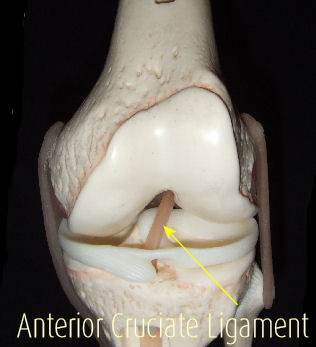Background on ACL Engineering
Current
ACL replacements have many limitations that prevent their extensive use
(e.g. donor availability). Because of this, extensive have been done in
the area of tissue engineering to try to create new options for the
repair, and regeneration of the ACL. These new options involve
artificially fabricated devices that are designed to be mechanically
functional tissue scaffolds, and are able to withstand normal
mechanical loads. At the
same time, these scaffolds promote ligament development and regrowth in damaged area.
The ACL is a dense,
highly organized, cable-like tissue composed of types I, III, and V
collagen, elastin, proteoglycans, water, and cells. Ligaments are
arranged in a parallel fashion along the long axis of the whole
ligament with a hierarchical levels of organization. Collagen
molecules, fibrils, fibril bundles, and fascicles all bundled and
arranged parallel providing the ligament with its biomechanical
properties.
Bihan Chen
BME 240: Introduction to
Clinical Medicine



